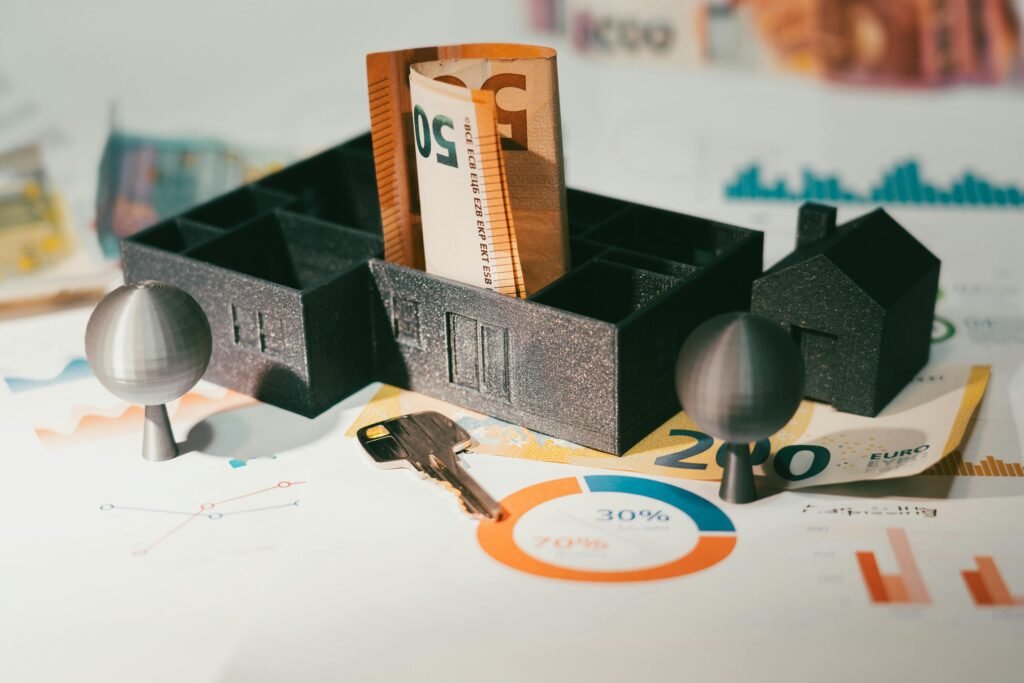
Obtaining a mortgage with mortgage rates for bad credit is challenging but achievable. Borrowers with low credit scores or past financial issues can still buy a home with the right approach. This article explains how these mortgages work, the obstacles, strategies, and tips to secure the best rates in 2025.
What Are Mortgage Rates for Bad Credit?
A bad credit mortgage is a loan for borrowers with low credit scores (typically below 600) or a history of financial struggles. Due to the higher default risk, lenders charge higher interest rates and may require larger down payments or additional collateral.
Causes of Bad Credit
- Late payments on loans or credit cards.
- Defaults or bankruptcies.
- Limited credit history, reducing your score.
How Do Bad Credit Mortgages Work?
The process is similar to standard mortgages but with adjustments:
- Credit review: Lenders assess your score and history but may be lenient with strong compensating factors.
- Higher rates: Interest rates are 2%–5% above standard loans.
- Larger down payment: Often 20%–30% of the home’s value.
- Documentation: Includes income proof, ID, and property details.
Specialized Programs
In the U.S., FHA loans are popular for bad credit borrowers, offering low down payments and flexible credit requirements.
Challenges of Bad Credit Mortgages
1. Elevated Rates
Higher interest rates significantly increase the loan’s total cost.
2. Tougher Approval
Lenders scrutinize applications closely, requiring strong income or collateral.
3. Limited Options
Fewer lenders offer bad credit mortgages, narrowing your choices.
Strategies to Secure Better Rates
1. Improve Your Credit Score
- Pay off overdue debts and negotiate with creditors.
- Use services like Experian Boost to improve your score.
- Maintain timely payments for 6–12 months before applying.
2. Offer a Larger Down Payment
A substantial down payment reduces lender risk, potentially lowering rates.
3. Add a Co-Borrower
A co-borrower with good credit can improve approval odds and terms.
4. Explore Lenders
Banks like Carrington Mortgage and platforms like LendingTree specialize in bad credit loans.
Top Lenders in 2025
1. Carrington Mortgage
Known for flexible credit requirements and bad credit mortgage options.
2. Rocket Mortgage
Offers FHA loans and other programs for low-credit borrowers.
3. New American Funding
Specializes in non-traditional borrowers, including those with bad credit.
Advantages and Disadvantages
Advantages
- Homeownership access: Possible despite credit issues.
- Credit repair: On-time payments improve your score.
- Flexible programs: FHA and similar loans ease requirements.
Disadvantages
- High costs: Elevated rates increase total payments.
- Default risk: Higher payments can strain finances.
- Strict criteria: Approval requires strong financials.
Practical Tips
- Use loan calculators: Estimate payments with lender tools.
- Clear debts: Resolve negative credit items before applying.
- Consult brokers: Experts can find bad credit-friendly lenders.
- Budget carefully: Ensure payments fit your income.
Conclusion
Mortgage rates for bad credit offer a path to homeownership for those with financial challenges, but they require preparation. Improving your credit, offering a strong down payment, and exploring programs like FHA loans can enhance your chances. Research lenders, use calculators, and seek expert advice to secure the best mortgage in 2025!